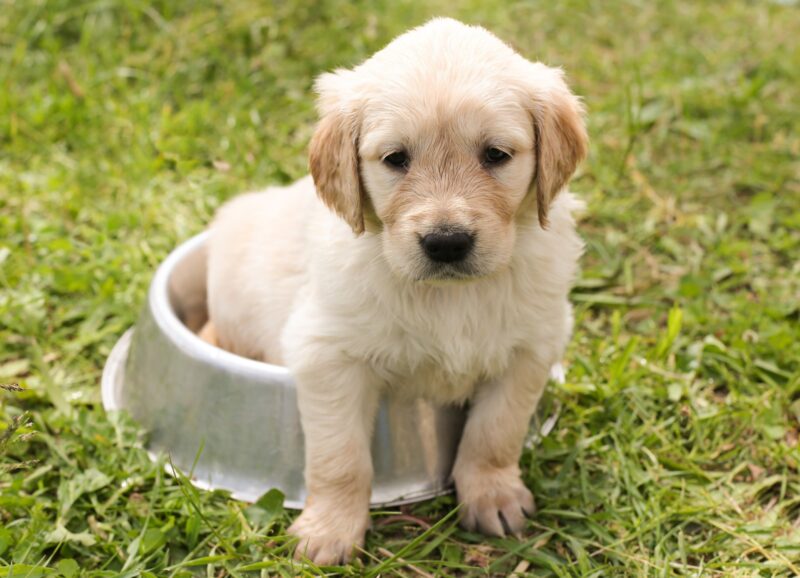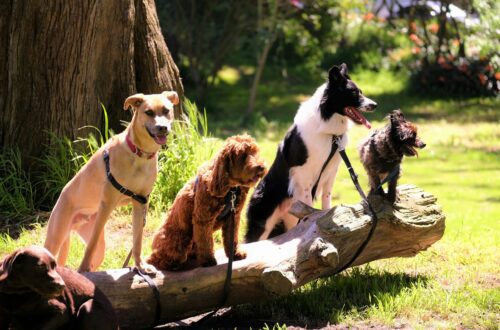Does your dog tend to whine, cry, or bark when you leave home? Chew up pillows? Scratch at the walls?
If so, it sounds like your pet might have separation anxiety, a fear of being left alone. Dogs are pack animals, so it makes sense that they’d be sad when left by themselves.
However, we can’t be home all the time, so your lovely dog needs to learn how to be comfortable alone. To learn more, keep reading to find out how to help your beloved pup with separation anxiety.
Start Small
If your pet has separation anxiety, you can’t expect to leave them alone for hours at a time—they won’t handle it well! Instead, you need to start small.
Start by leaving your room for a few seconds then come back in. Build this up to a minute, then a few minutes, then finally, longer periods of time.
Yes, it can be tedious and you’ll need patience, but you can’t expect your dog to be comfortable staying alone until they’ve been conditioned to do so.
Consider Crate Training
Many pet owners work on crate training, which can keep their home and their dog safe when it needs to be left alone. With lots of positive reinforcement, you can train your dog to love their crate and see it as a safe, comforting place for them when you’re not home.
This will also protect your home if your dog tends to be destructive when left alone.
Give Your Pup Plenty of Exercise
A tired dog is a calm dog! If your pet goes crazy when you leave, be sure to wear them out before you leave.
A long walk or plenty of playtime in the backyard will tire your dog out, meaning they’re more likely to sleep and be calm once you leave the house.
Talk to Your Vet About Separation Anxiety Treatment
While it’s normal for puppies to hate being alone, if your dog doesn’t grow out of it, talk to your vet about medication options.
There are plenty of options, like CBD for dogs, which can help them relax and feel more at ease when left alone—look here now to learn more.
Many pet owners find that a combination of medication and training is the best way to combat separation anxiety in dogs.
Help Your Fluffy Family Member With These Tips
If your new pup is suffering from separation anxiety, don’t worry–things will get better! With the tips above, develop a training plan for your dog, helping it become more comfortable in being alone.
Things won’t change overnight, but within a few weeks, you’ll start noticing that your dog is coping better. You can even purchase a small security camera to keep an eye on your pet when you’re not home, which can provide peace of mind.
Get started today and help your pet become a confident, well-behaved member of the family!
Was this helpful? If so, please read on to find out more.






